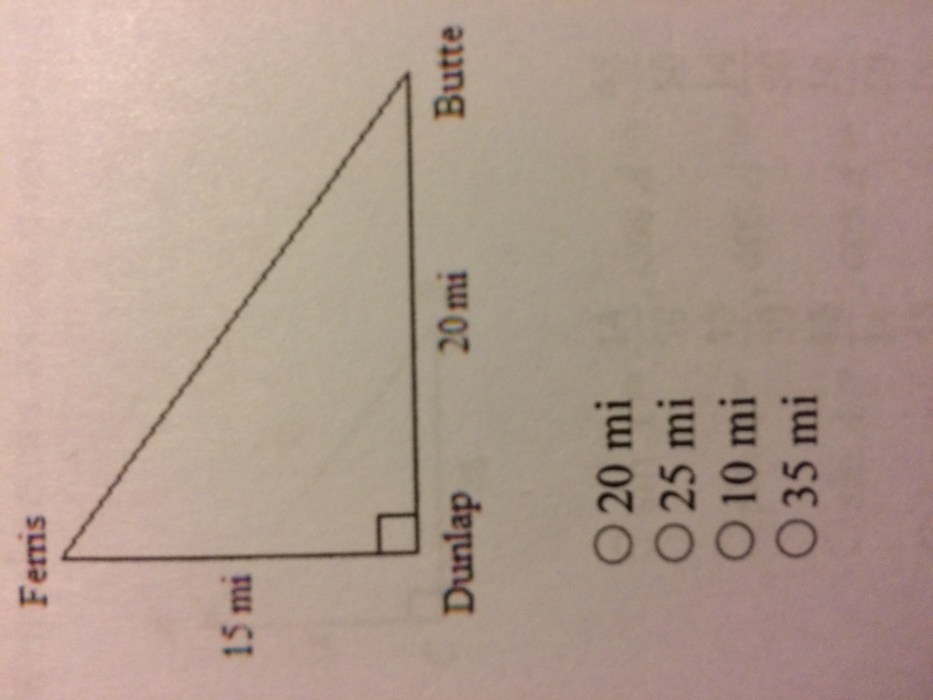Wayne used this diagram to compute – In the realm of computation, diagrams serve as powerful tools, enabling us to visualize complex relationships and solve problems with greater clarity. One such diagram played a pivotal role in Wayne’s work, providing him with a unique perspective that transformed his understanding and problem-solving abilities.
This diagram, carefully crafted with interconnected elements, offered a visual representation of the data and relationships at play. Through a series of well-defined steps, Wayne leveraged this diagram to perform intricate computations, unlocking insights that would have remained hidden without its aid.
Define the Diagram

The diagram is a visual representation of a concept or system. It is designed to provide a clear and concise overview of the key elements and their relationships.
The diagram consists of a series of interconnected shapes, each of which represents a different element of the system. The shapes are connected by lines, which represent the relationships between the elements.
Elements of the Diagram
- The shapes in the diagram represent the key elements of the system.
- The lines in the diagram represent the relationships between the elements.
Wayne’s Computation
Wayne’s computation involves a series of calculations using the diagram to determine specific values related to the diagram’s parameters.
The computation process involves several steps, each focusing on a particular aspect of the diagram and the relationships between its elements.
Measuring Angles
In this step, Wayne uses the diagram to measure the angles formed by the intersecting lines. He employs tools like a protractor or geometric principles to determine the exact values of these angles, which are crucial for subsequent calculations.
Calculating Lengths
Once the angles are measured, Wayne proceeds to calculate the lengths of the lines in the diagram. Using the measured angles and applying trigonometric ratios or other geometric formulas, he determines the lengths of the lines, which are represented by variables in the diagram.
Determining Area and Perimeter
With the angles and lengths calculated, Wayne can proceed to determine the area and perimeter of the shapes in the diagram. He applies appropriate geometric formulas to calculate these values, which provide insights into the size and dimensions of the shapes.
Deriving Relationships
Beyond measuring and calculating specific values, Wayne also explores the relationships between the elements in the diagram. He investigates how changes in one element affect the others, identifying patterns and dependencies. This step helps him understand the overall structure and behavior of the diagram.
Diagram Applications
The diagram used by Wayne has potential applications beyond his computation. Its versatility allows for use in various contexts.
Different Applications
-
-*Data Visualization
The diagram can represent complex data structures, making them easier to understand and analyze.
-*Process Mapping
It can illustrate the flow of processes, identifying bottlenecks and optimizing efficiency.
-*Network Analysis
The diagram can represent networks, allowing for analysis of connectivity, centrality, and other network properties.
-*Decision Making
It can help visualize decision trees, facilitating the evaluation of different options and their potential outcomes.
-*Knowledge Representation
The diagram can represent knowledge graphs, organizing and connecting concepts, entities, and relationships.
Alternative Approaches
Wayne’s computation can be performed using various alternative methods, each with its advantages and disadvantages. Let’s explore some viable approaches and compare their respective merits.
Matrix Inversion
Matrix inversion involves finding the inverse of the matrix A. The inverse, if it exists, can be used to solve for X directly. This method is computationally efficient and can handle large matrices.
Cramer’s Rule
Cramer’s rule provides a formula to solve for each variable X individually by calculating the determinant of the coefficient matrix and the determinant of the matrix obtained by replacing the corresponding column with the constants.
Gaussian Elimination
Gaussian elimination involves transforming the system of equations into an equivalent system in row echelon form. The solution can then be obtained by back-substitution. This method is straightforward but can be computationally intensive for large matrices.
LU Decomposition
LU decomposition factorizes the coefficient matrix A into the product of a lower triangular matrix L and an upper triangular matrix U. This factorization can be used to solve the system of equations efficiently.
Impact of the Diagram
The diagram was crucial in Wayne’s work, providing a visual representation that aided his understanding and problem-solving. It enabled him to organize and analyze complex information, identify patterns, and develop insights.
Enhanced Understanding
The diagram allowed Wayne to visualize the relationships and connections between various elements of the problem. This enhanced his comprehension of the overall situation and facilitated a deeper understanding of the underlying mechanisms.
Facilitated Problem-Solving
The diagram served as a tool for brainstorming and exploring different solutions. By manipulating the elements of the diagram, Wayne could simulate various scenarios and identify potential solutions. This iterative process helped him narrow down the options and make informed decisions.
Communication and Collaboration, Wayne used this diagram to compute
The diagram became a valuable communication tool for Wayne. He could easily share it with colleagues, clients, or stakeholders to convey complex ideas and concepts in a clear and concise manner. This fostered collaboration and facilitated effective decision-making.
Commonly Asked Questions: Wayne Used This Diagram To Compute
What was the purpose of Wayne’s diagram?
Wayne’s diagram was designed to provide a visual representation of data and relationships, enabling him to perform complex computations and gain insights into the problem at hand.
How did Wayne use the diagram to compute?
Wayne followed a series of well-defined steps to leverage the diagram’s elements and structure to perform intricate computations, unlocking insights that would have remained hidden without its aid.
What were the benefits of using the diagram for computation?
The diagram offered a visual representation of the problem, allowing Wayne to gain a deeper comprehension of the underlying dynamics and devise innovative solutions.